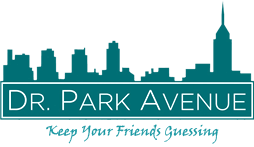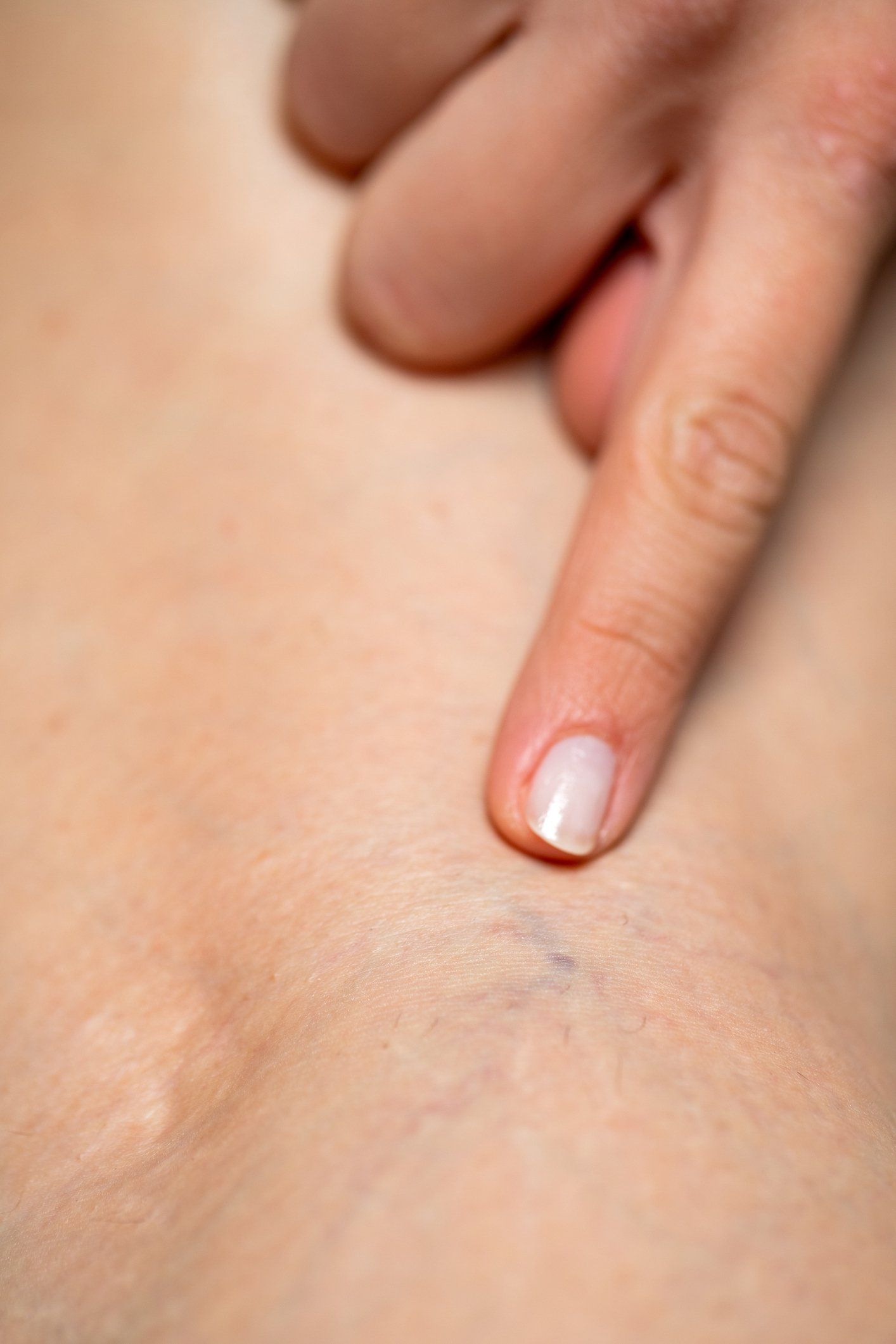Venous Problems
Vein Treatments & Services
Dr. Park Avenue provides advanced vein removal treatments in Ocean County. It is estimated that more than 80 million Americans suffer from some form of venous disorder. Varicose veins differ from spider veins. Varicose veins are bulging veins that are larger than spider veins, typically 3 mm or more in diameter. Moreover, varicose veins are deeper than spider veins.
Varicose veins may be of primarily cosmetic concern, but can cause pain, leg heaviness, fatigue, itching, night cramps, restless legs at night and leg swelling. Moreover, severe varicose veins can compromise the nutrition of the skin and lead to eczema, inflammation or even ulceration of the lower leg. In addition, varicose veins increase the risk for phlebitis. Venous problems in the legs usually present as varicose veins and spider veins.
Varicose veins may be of primarily cosmetic concern, but can cause pain, leg heaviness, fatigue, itching, night cramps, restless legs at night and leg swelling. Moreover, severe varicose veins can compromise the nutrition of the skin and lead to eczema, inflammation or even ulceration of the lower leg. In addition, varicose veins increase the risk for phlebitis. Venous problems in the legs usually present as varicose veins and spider veins.
Symptoms Experienced by the Patient
- TIREDNESS OR ACHINESS (PARTICULARLY UPON STANDING FOR LONG PERIODS)
- SWELLING SYMPTOMS MAY OCCUR BEFORE THE ACTUAL APPEARANCE OF VARICOSITIES.
- HEAVINESS
- SKIN IRRITATION
Signs of True Varicose Veins Include
- SWELLING (EDEMA)
- ECZEMA (DERMATITIS)
- PIGMENTATION CHANGES
- BULGING UNSIGHTLY VEINS
Advanced or long-standing cases may develop phlebitis or painful inflammation of the vein, bleeding, ulcerations or venous thrombosis. Symptomatic venous disease affects the quality of life. Studies show that 41% of women between the ages of 40 and 50 and 72% of women over 60 develop varicose veins.
Spider Veins
Spider veins or Telangectasias are usually found on the legs and sometimes on the face as well. Spider veins are caused by the dilation of a small (less than 1 mm.) group of blood vessels near the skin's surface and typically take on one of two basic patterns: red or purple blood vessels forming true "spiders" as a group of veins radiating outward from a central point, or they may be simple and separate linear lines. Linear lines are most commonly found on the inner thigh whereas a sunburst pattern is usually found on the outer thigh. There is an association with estrogens and pregnancy, and family members with venous problems increase the chance of developing both spider Telangectasias and true varicose veins.
Varicose Veins
Varicose veins are different from spider veins in a number of different ways. They arise as swollen or enlarged blood vessels due to a weakening of the vein wall or valves or by backflow of blood from the deep veins to superficial veins in the leg. Varicose veins are ordinarily larger that 2 mm. in diameter, and usually larger than 8mm, and more commonly associated with symptoms described above.
Please be aware that varicose veins are a medical condition that may require medical therapy while spider veins are considered cosmetic. Insurance reimbursement is usually not available for cosmetic skin conditions.
Treatment for spider and varicose veins
A specific treatment plan for your vein problem will be determined with you and our doctors. During your vein consultation your legs will be examined and a complete medical history obtained. A Doppler ultrasound scan may be necessary to correctly determine the type and degree of venous problem. All treatments are minimally invasive and require at most a small injection.
SUBSCRIBE TO OUR SPECIALS
SEND US A MESSAGE
Send Us an Email
We will get back to you as soon as possible
Please try again later
CONTACT INFORMATION
Phone: (732) 262-5476
Email: drparkavebrick@gmail.com
Address: 74 Brick Blvd, Building 3, Brick, NJ 08723
Phone: (201) 380-8833
846 Franklin Ave
Franklin Lakes, NJ 07417
HOURS OF OPERATION
- Monday
- -
- Tuesday
- -
- Wednesday
- -
- Thursday
- -
- Friday
- -
- Saturday
- Appointment Only
- Sunday
- Closed
PAYMENT OPTIONS



ApplePay, Google Wallet, Cash App


